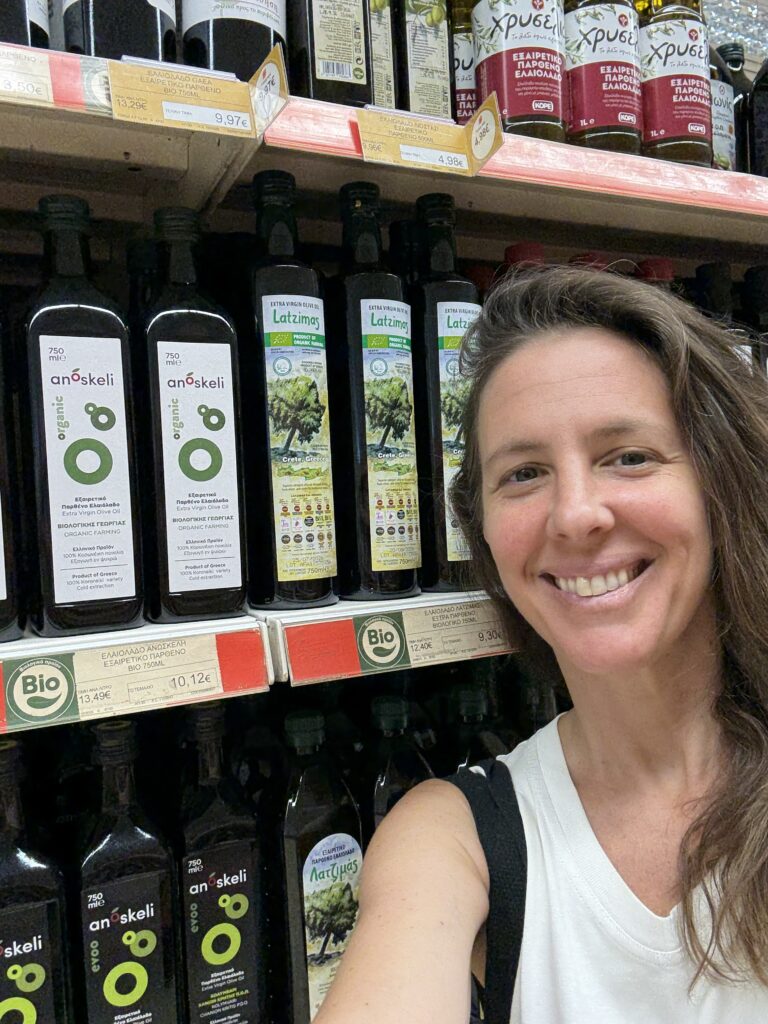
What olive oil to use and when? Every time I am asked this question (often), I feel the extra virgin olive oil coursing through my veins, force fed to me by the spoonful throughout my childhood. (Every morning my grandmother chased me across the yard until I took it down.) It was presented to me as liquid gold, a cure-all for almost any ailment.
I also watched the women in my family cook with copious amounts of olive oil in almost every dish. Frying (yes!), roasting, sauteing, braising, grilling, you name it. On occasion, butter would be used in a bechamel. Nea Fytini would make its way into our pasta. (IYKYK how delicious this trans fat heavy Greek Crisco tastes.) But those were exceptions to the rule.
I applied this “use olive oil for everything” education to over 20 years of cooking professionally. Bottles and bottles of different kinds of olive oil have made their way through my culinary career. My system is dialed in to what brands made the cut in terms of quality and affordability and also stand the test of time. I like to smell and taste olive oil the same way people taste fine wines. But the goal is simple: Good olive oil makes everything you cook taste good. Like, really good. My approach to home cooking and large parties is the same. I have a large container of good extra virgin olive oil I use for everything, and I have a higher quality extra virgin olive oil that I’ll always use as a finishing oil to drizzle on soups, salads or dip bread into.
Below, you’ll find some information on how I use olive oil along with my favorite brands. (No one paid me!) I am not getting into nitty gritty scientific details, but explaining some basic guidance here that should help any home cook.
THE BASICS
- Never use anything labeled “Virgin Olive Oil” or “Pure” or “Light Olive Oil”. These oils are inferior in quality, flavor, and nutritional value.
- Use Extra Virgin Olive Oil, avoiding blends from a region and opting for olive oil from a specific country, or better yet, a region or island within the country.
- Buy three liter tins of olive oil from your local Middle Eastern or Greek shop. You will get the best deal and the highest quality oil. Sahadi’s and Titan are good examples and they ship nationwide.
EVERYDAY OLIVE OIL
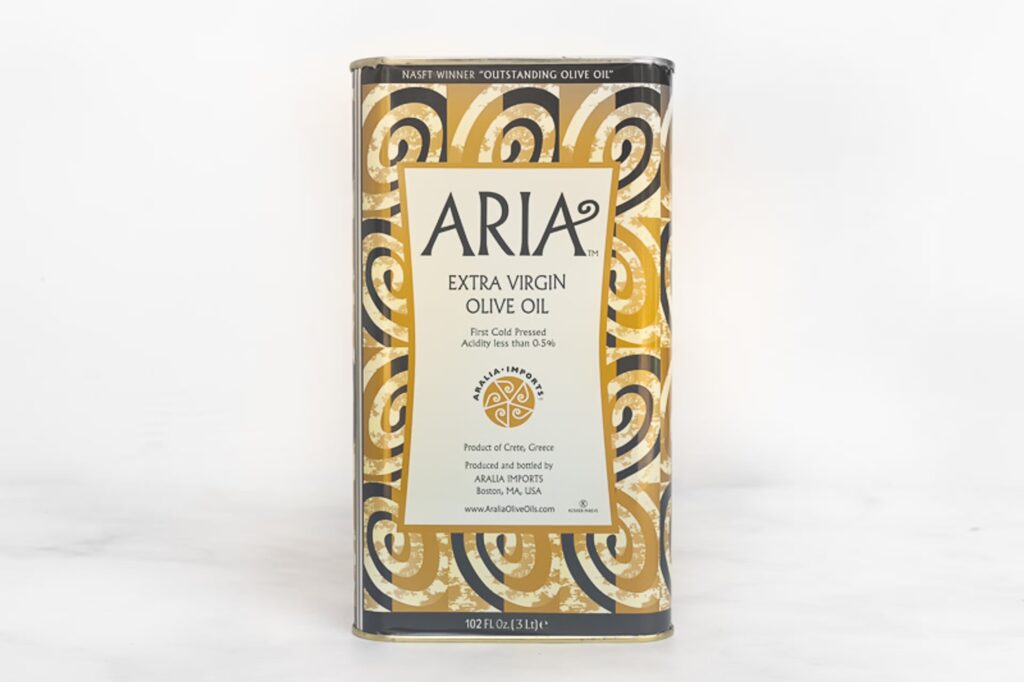
Mina’s suggestion: ARIA
This is the deal of a century and excellent olive oil from Crete. I use this as an all-purpose olive oil to bake, fry, roast, sauté, etc.
SHOP FROM: Farm To People, Amazon, and Specialty Food Source
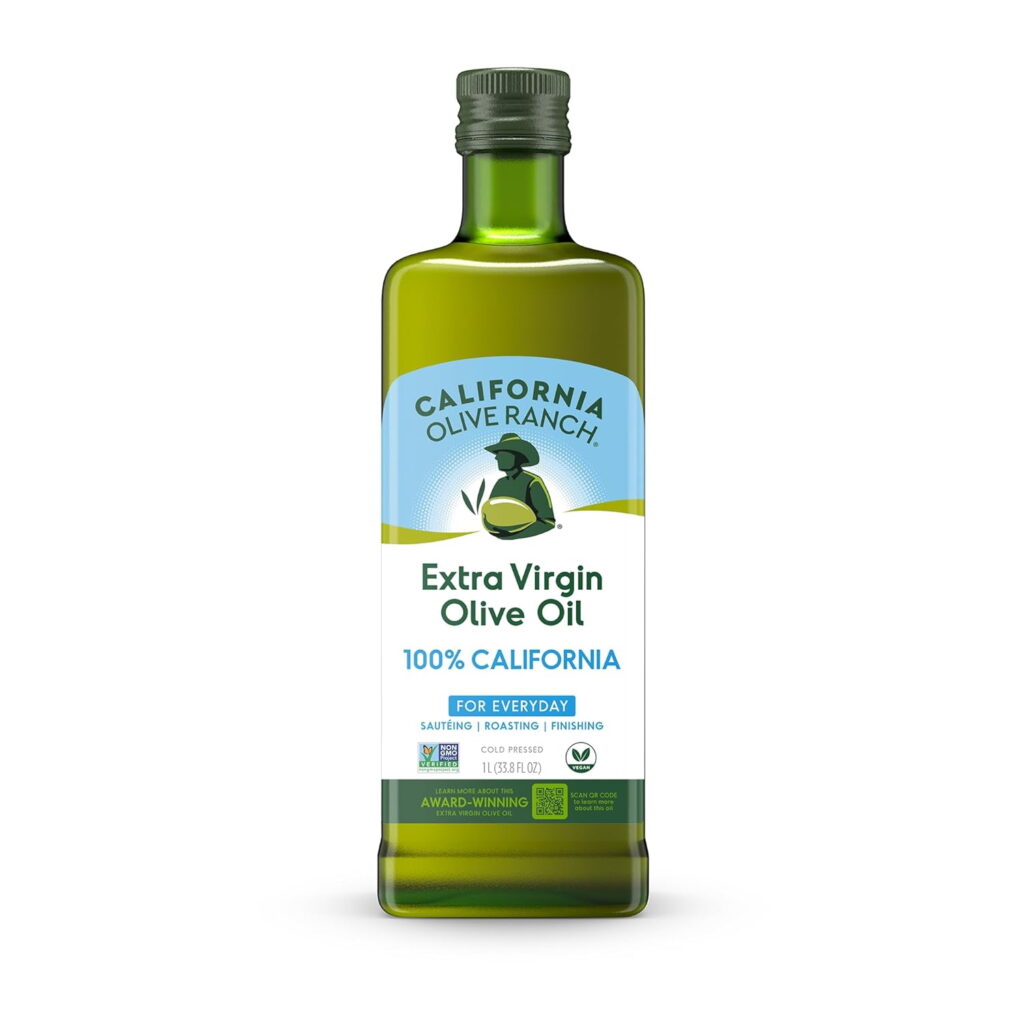
Also recommended: California Olive Ranch
You can find this brand at almost any supermarket. This is an excellent option for everyday cooking. Clean, simple yet with rich olive flavor and accessible both in price and availability.
SHOP FROM: Amazon, Instacart, and Walmart
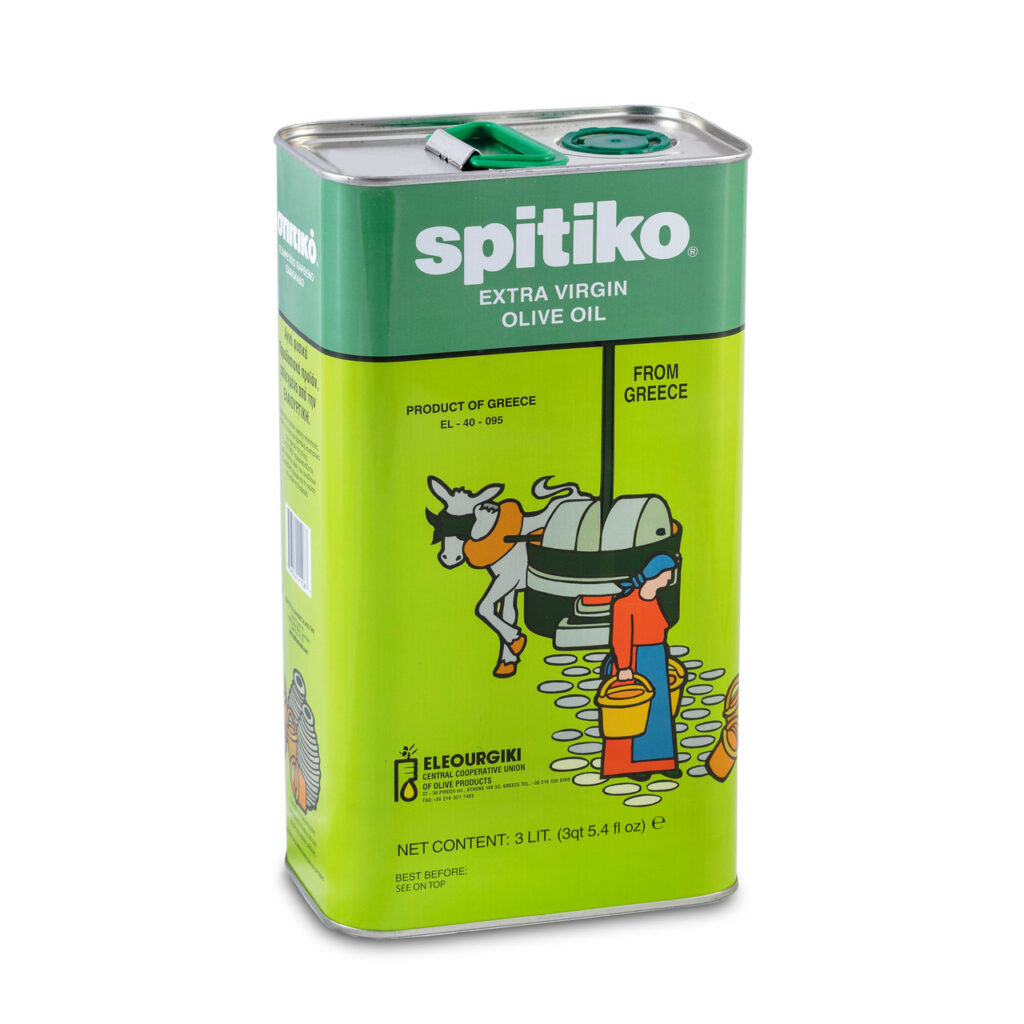
Also recommended: Spitiko
Smooth, creamy, and well rounded. This is an excellent everyday olive oil to both cook with and use as a finishing oil. This is a great deal and should last you a long time.
SHOP FROM: Amazon, Box N Case, and Titan Foods
FINISHING OLIVE OIL (for salads, drizzling, and sipping)
Here I like to go fruity and big flavor, responsibly sourced and harvested AND it should be properly packaged. Good olive oil should either come in glass, a tin, or, in the case of Psyche, a vacuum type package that does not expose the olive oil oil to oxygen (which deteriorates it).
These olive oils have an excellent fresh, green and peppery taste, but the finish is smooth, like heavy cream.
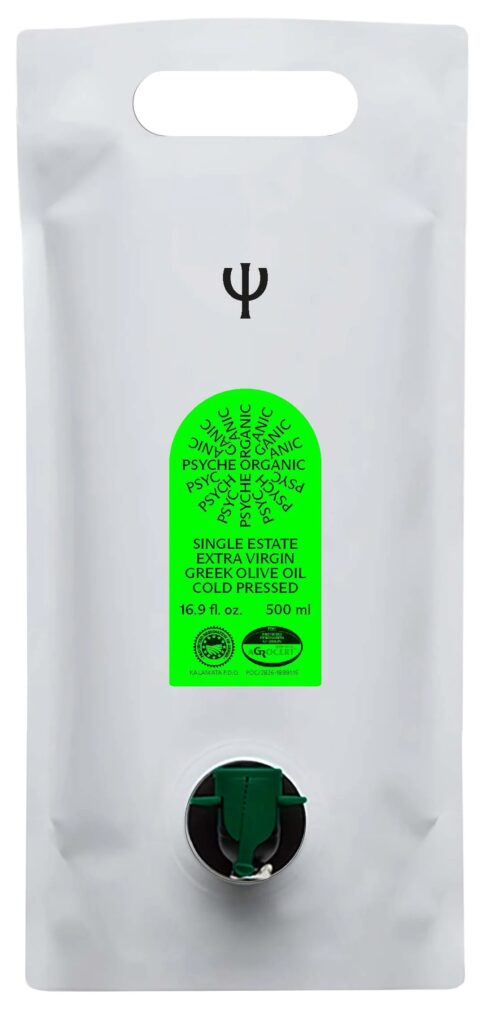
Mina’s suggestion: Psyche Organic
Single estate groves produce this EXCEPTIONAL olive oil from Koronekei olives.
SHOP FROM: DoorDash, Psyche Organic, and Little King
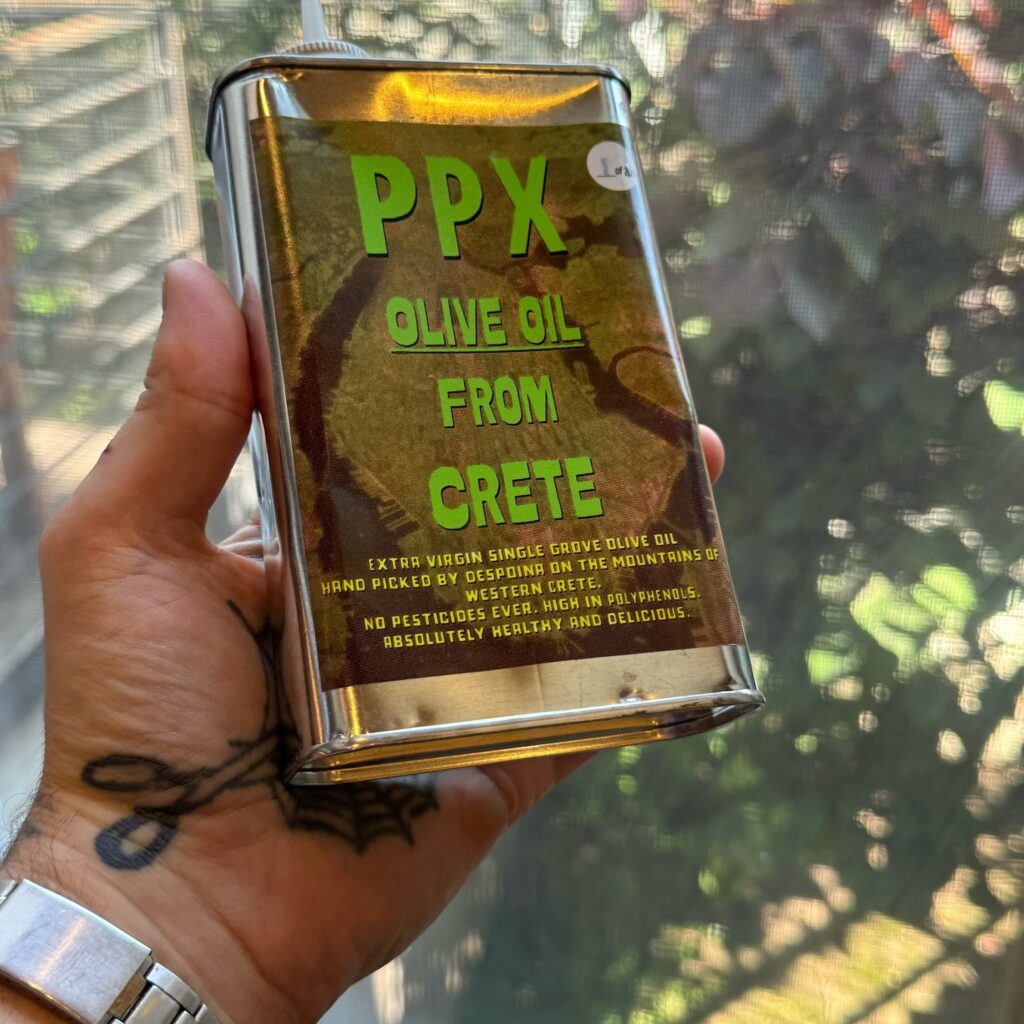
Mina’s suggestion: PPX
PPX is extremely low yield as it is cultivated by one solitary lady, Despoina Koutsoukis, who single-handedly removes any bugs from her trees, talks to her trees, and rigorously tests every batch for pesticide contamination. The polyphenol count is high in this oil. ($60 for 500 ml)
SHOP FROM: PPX
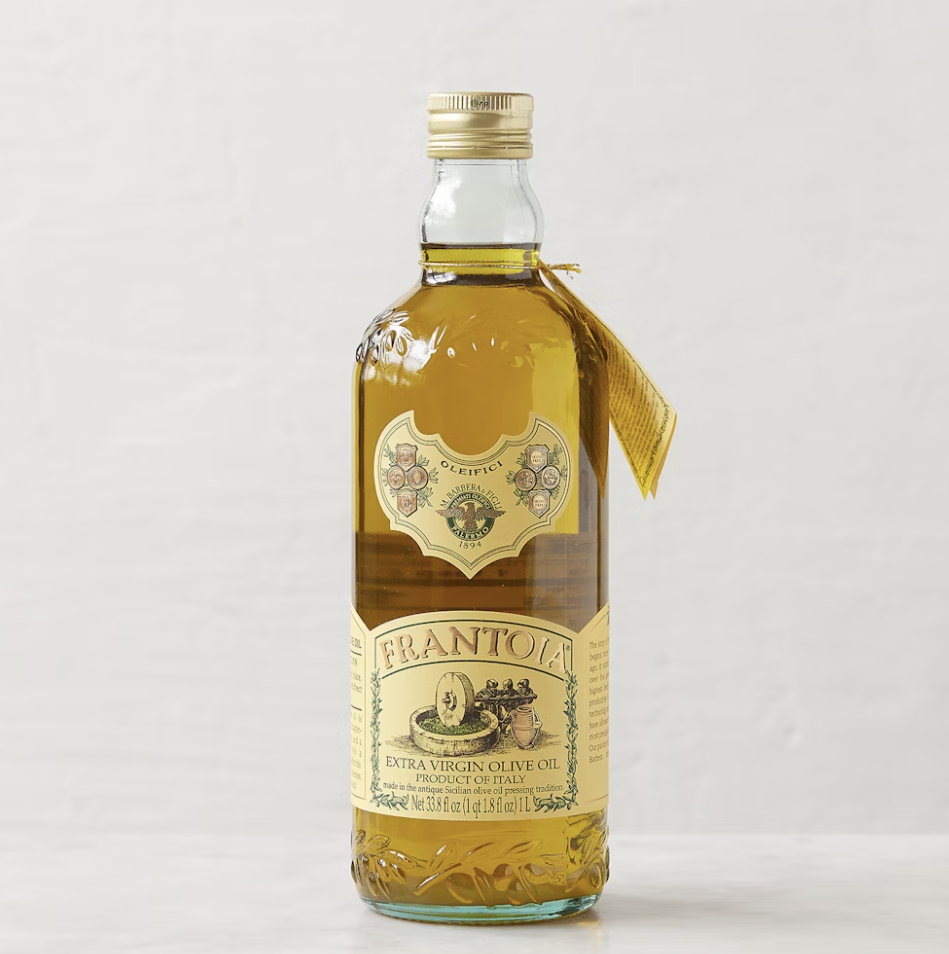
Also recommended: FRANTOIA
Excellent flavor and quality olive oil from Sicily. It can be found in most upscale grocery stores.
SHOP FROM: Murray’s Cheeses, Instacart, and Amazon
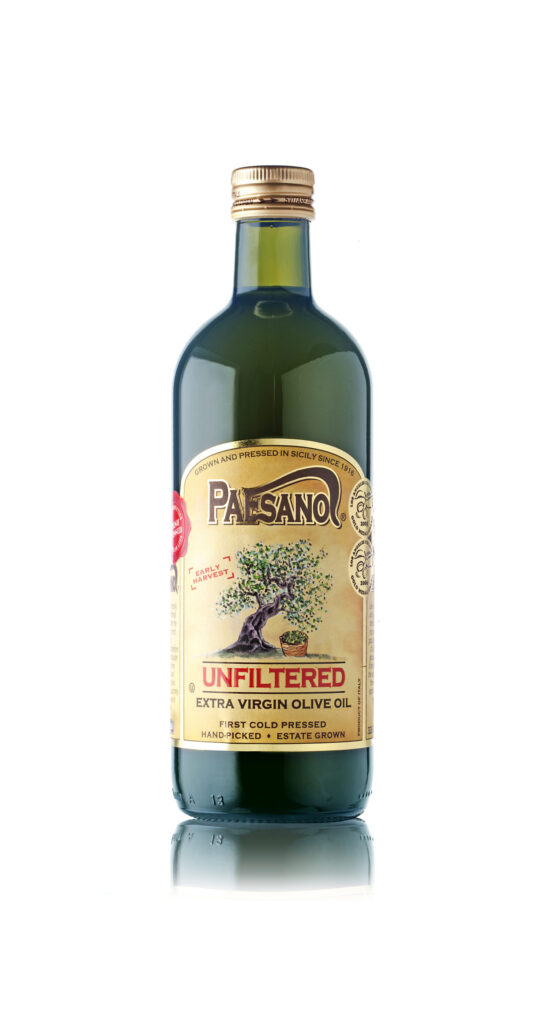
Also recommended: PAESANO
Unfiltered, thick, and bright green peppery deliciousness characterize this Sicilian olive oil.
SHOP FROM: Amazon, DoorDash, and Walmart
BRANDS I GENERALLY AVOID
Filippo Berio, Bertolli, Colavita.
OLIVE OIL CATEGORY GLOSSARY
There are three different types of olive oil on your supermarket shelves, but 1) and 3) are the ones you will see the most.
- Extra Virgin Olive Oil: First cold pressing of olives, mechanical means only, no heat is used to extract the oil. It retains the best flavor and nutritional content. Look for extra virgin olive oil that is from one region within a country. Oftentimes bigger brands blend oils from different countries which leads to a distinctly inferior flavor.
- Virgin Olive Oil: Usually harder to find in the U.S. but this olive oil is not from the first pressing and has a higher acidity, usually inferior in flavor.
- “Light” or “pure” olive oil: A misnomer, as it is only referring to the color or the fact that it is indeed from olives. This is a refined and blended oil, with little to no flavor or nutritional content.










 in your life?
in your life?

